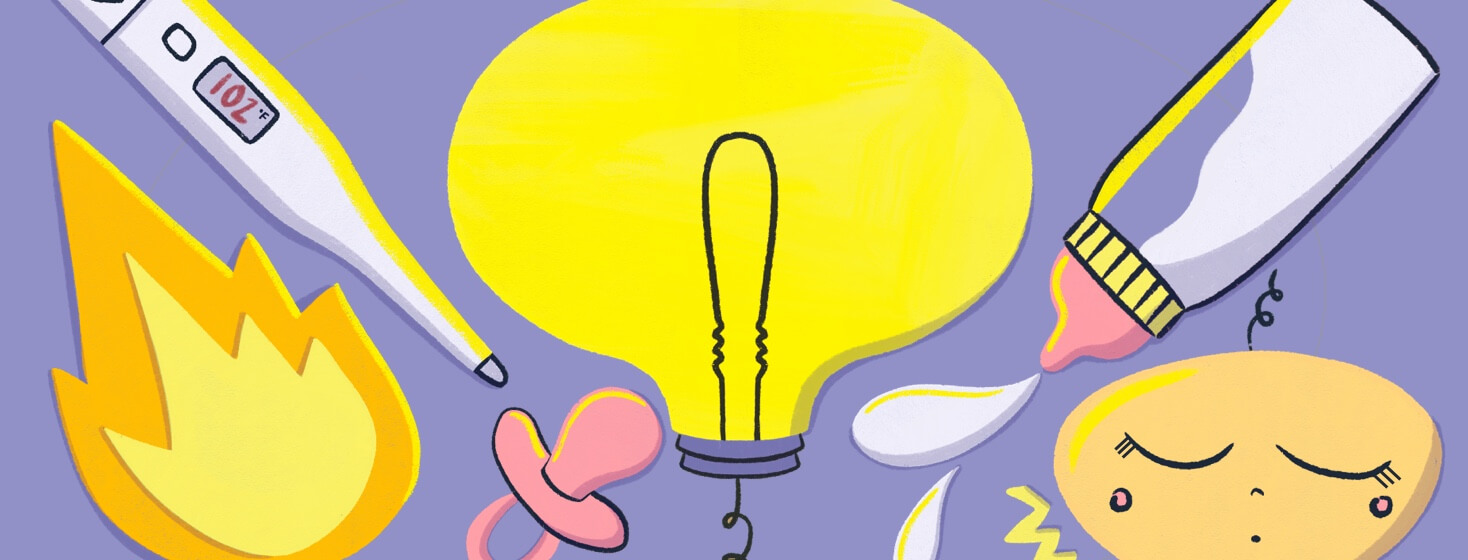Seizure Triggers in Dravet Syndrome
Dravet syndrome is a form of childhood epilepsy that begins in infancy. Older names for Dravet syndrome include polymorphic seizures, polymorphic epilepsy in infancy, or severe myoclonic epilepsy in infancy.1
Dravet syndrome looks different for every child living with it. Symptoms can range from mild to severe. Also, children can experience many different kinds of seizures. Often, the first seizures children experience are focal seizures that only affect 1 part of the body. However, Dravet syndrome seizures can also be generalized. After children are a year old, new types of seizures tend to develop. There are often many triggers and it can be difficult to identify them.
This or That
Have you ever heard of Dravet Syndrome?
2
What causes Dravet syndrome?
Brain cell (neuron) firing is caused by the movement of certain minerals in and out of the cell. These minerals include sodium, potassium, and calcium. The levels of these minerals in and around neurons decide whether the neuron will fire to send messages to other neurons.3
Epilepsy is caused by too much neuron firing. Genetic changes (mutations) that affect the movement of these minerals in the brain can result in too much firing, resulting in a form of epilepsy.3
There are multiple genetic mutations that can cause Dravet syndrome. But the most common is a mutation in the SCN1A gene. This gene affects sodium channels in the brain. Seizure drugs that block the sodium channels can result in more seizures. This is the reason that common seizure drugs may not be a good choice for those living with Dravet syndrome.3
Another common mutation affects neurons that release GABA. GABA is a molecule that reduces neuron firing. Without it, neurons may fire more than they are supposed to.4
Triggered by fever
For some children with Dravet syndrome, their first seizure may be a febrile seizure. Febrile seizures are caused by rapid, high fevers, often when children get sick. Children with Dravet syndrome can be prone to getting sick and fevers may act as a seizure trigger.1
For children living with Dravet syndrome, vaccines can even act as a seizure trigger because they can cause fevers. Other increases in body temperature like warm baths, hot showers, or warm weather can act as triggers. It is important to be aware of this risk.1,2
Your doctor may recommend a fever reducer like acetaminophen before vaccines. You may also want to avoid very hot showers and stay inside during the warmest parts of the day.1
Visual stimuli
Visual stimuli can be a very strong trigger for many different types of epilepsy. Flashing lights are a common seizure trigger. However, even certain patterns – like stripes or contrasting colors – can be seizure triggers. These should be avoided if possible.3
Sleep and Dravet syndrome
As we move through the different stages of sleep, our brain activity changes. For those living with Dravet syndrome and some other forms of epilepsy, seizures may be more common during sleep. Experts believe that this may be because neurons tend to fire more during sleep as your brain works to remember what you learned that day.4
This is not to say to avoid or cut down on sleep. Sleep is essential. Rather, knowing that sleep is a common time for triggers to occur means that you can prepare for this possibility.4
This is not a comprehensive list of triggers. There may be triggers that are unique to each person living with Dravet syndrome. If you or a loved one are living with Dravet syndrome and would like to learn more about trigger avoidance, speak to your doctor.

Join the conversation